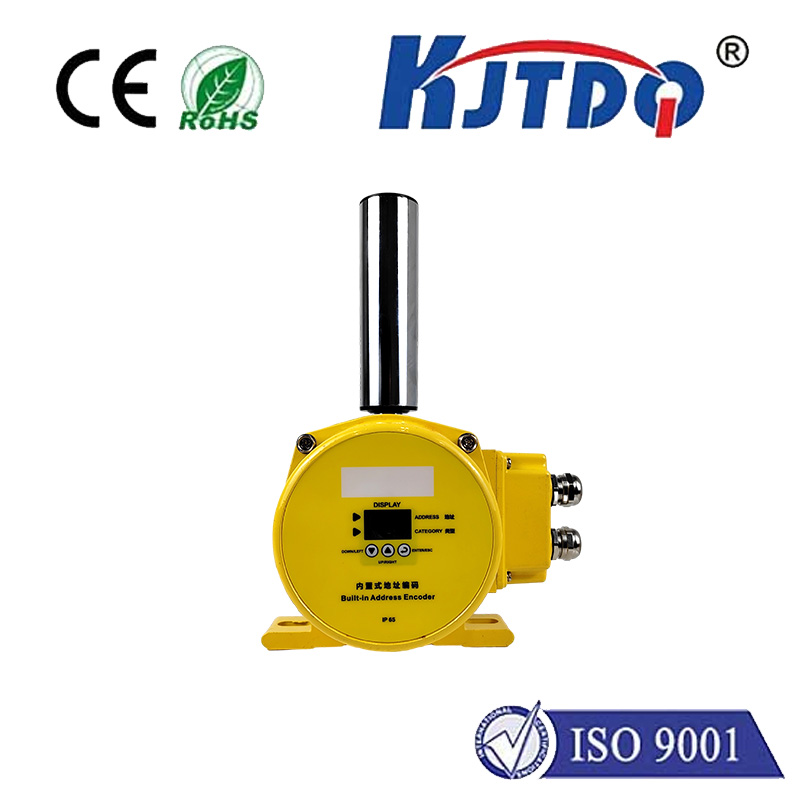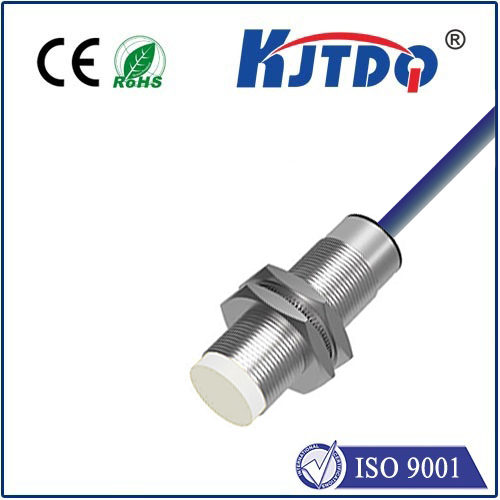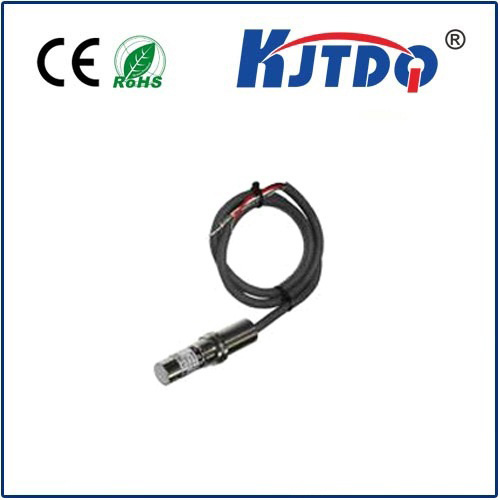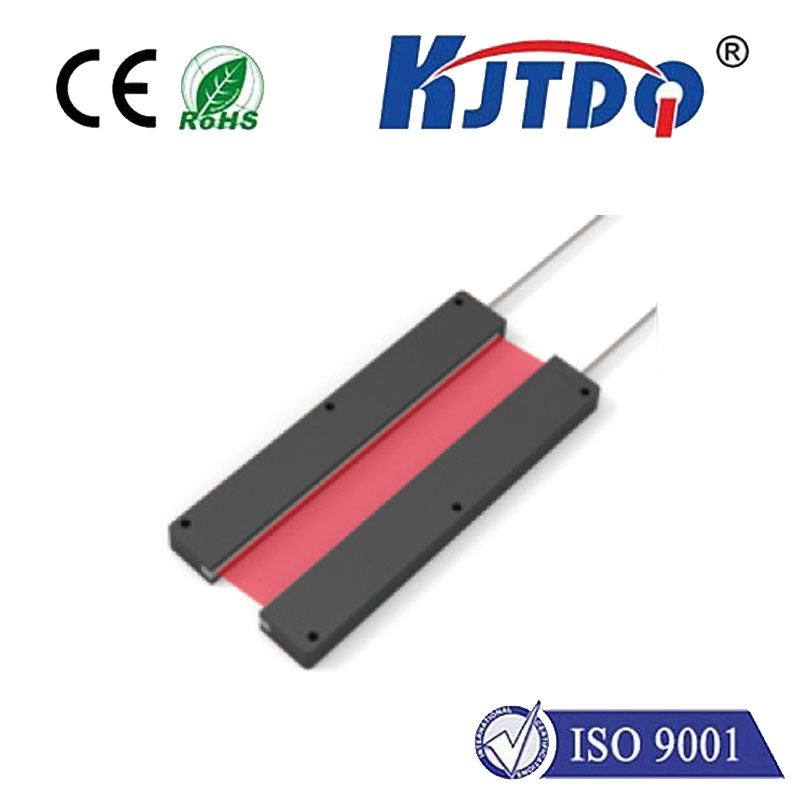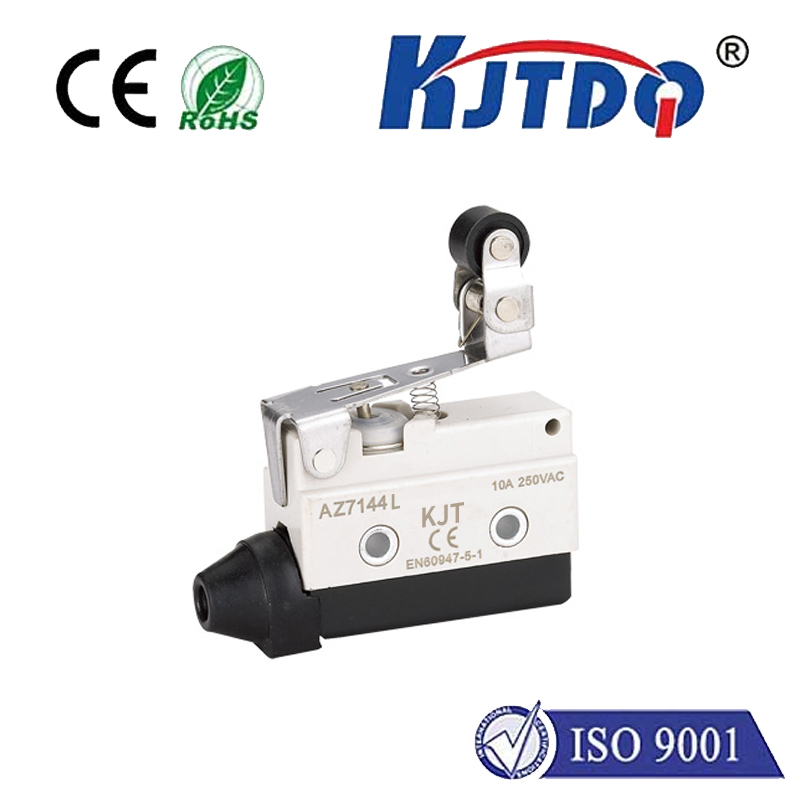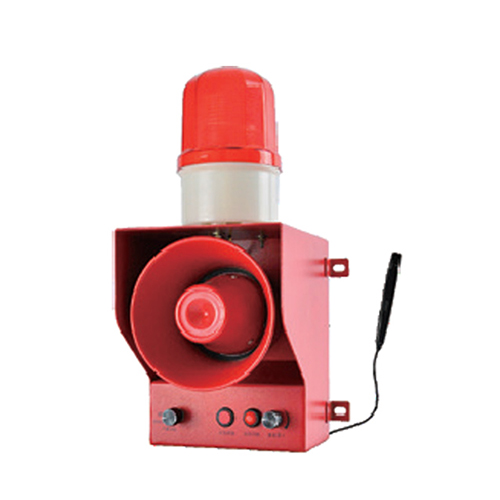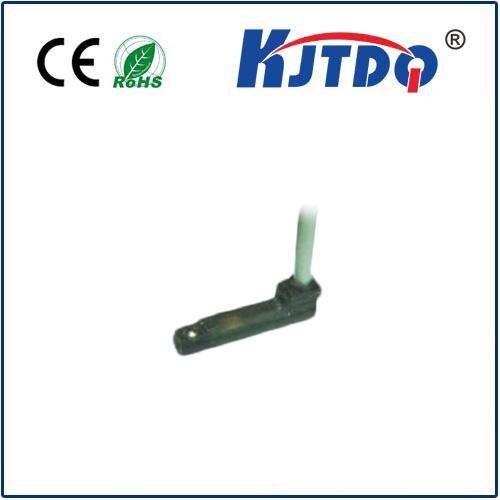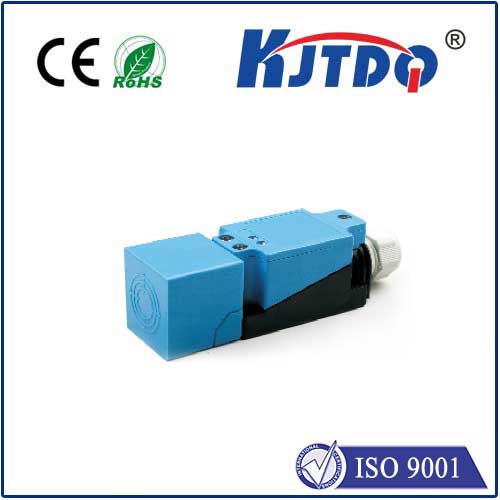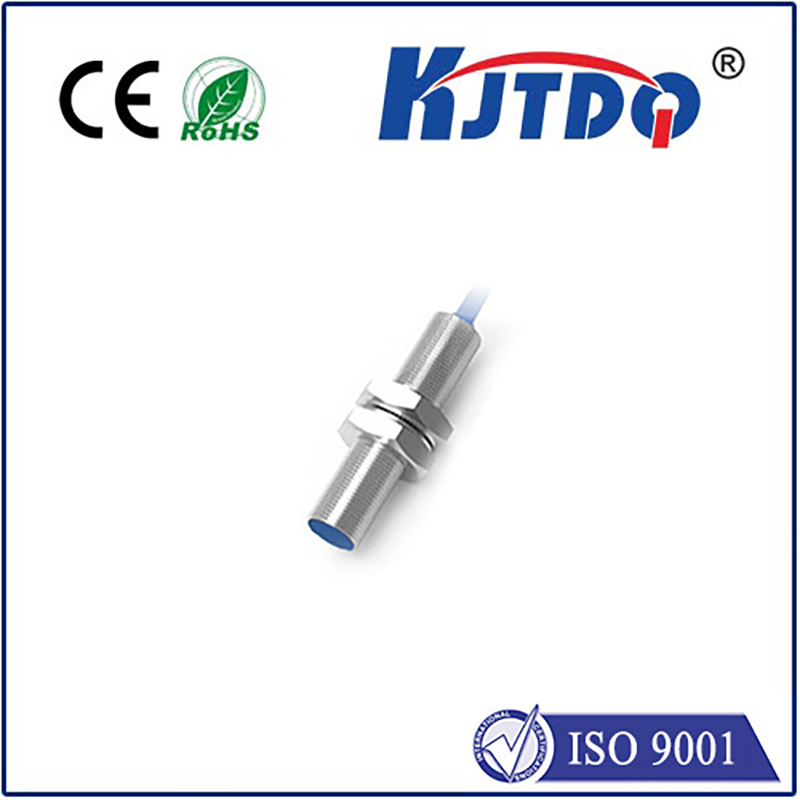Bistatic Microwave Sensor: Enhancing Precision and Efficiency in Modern Detection Systems
In today’s rapidly evolving technological landscape, the demand for accurate and efficient detection systems is growing across various industries. One of the most promising innovations in this field is the bistatic microwave sensor, a cutting-edge technology that has revolutionized how we detect and measure electromagnetic signals. Bistatic microwave sensors are particularly valuable in applications where traditional sensors face limitations, such as in high-risk environments, deep space communication, and environmental monitoring.

A bistatic microwave sensor operates by using two separate transmitters and receivers, positioned at different locations. This configuration allows for improved signal accuracy and reduced interference, making it ideal for applications where signal clarity is critical. Unlike conventional monostatic sensors, which use a single transmitter and receiver, bistatic sensors offer enhanced spatial resolution and better signal-to-noise ratios. This is especially beneficial in scenarios where the sensor must operate at long distances or in adverse weather conditions.
The core principle of bistatic microwave sensing lies in the interaction between the transmitted and received signals. When a microwave signal is emitted from a transmitter, it propagates through the environment and is received by a second receiver. The time delay between the emission and reception of the signal is used to calculate the distance between the transmitter and receiver. This method is particularly effective in environments with high background noise, as it minimizes the impact of external interference.
One of the key advantages of bistatic sensors is their ability to operate in a wide range of frequencies, from millimeter waves to terahertz. This versatility makes them suitable for a variety of applications, including radar systems, environmental monitoring, and even medical imaging. In radar systems, bistatic sensors can provide more accurate target detection and tracking by reducing false positives and improving signal clarity. In environmental monitoring, they are used to detect pollutants or changes in atmospheric conditions, offering a non-invasive and real-time solution.
The development of bistatic microwave sensors has been driven by advancements in microwave technology and the increasing need for reliable detection systems. Researchers and engineers are continuously working to improve the performance of these sensors, focusing on factors such as signal stability, energy efficiency, and miniaturization. As a result, bistatic microwave sensors are becoming more compact and cost-effective, making them accessible to a broader range of applications.
In conclusion, bistatic microwave sensors represent a significant advancement in detection technology, offering superior performance and reliability in a variety of environments. Their unique design and operational principles make them an essential tool in modern sensing applications. As technology continues to evolve, the potential of bistatic microwave sensors will only grow, paving the way for more accurate and efficient detection systems in the future.
